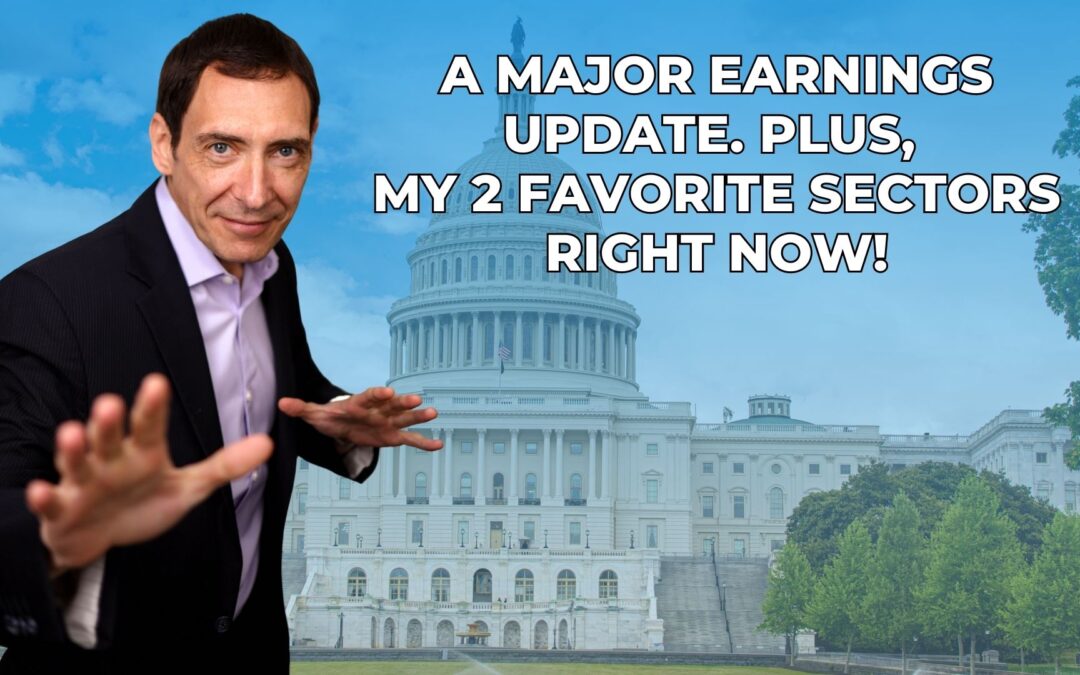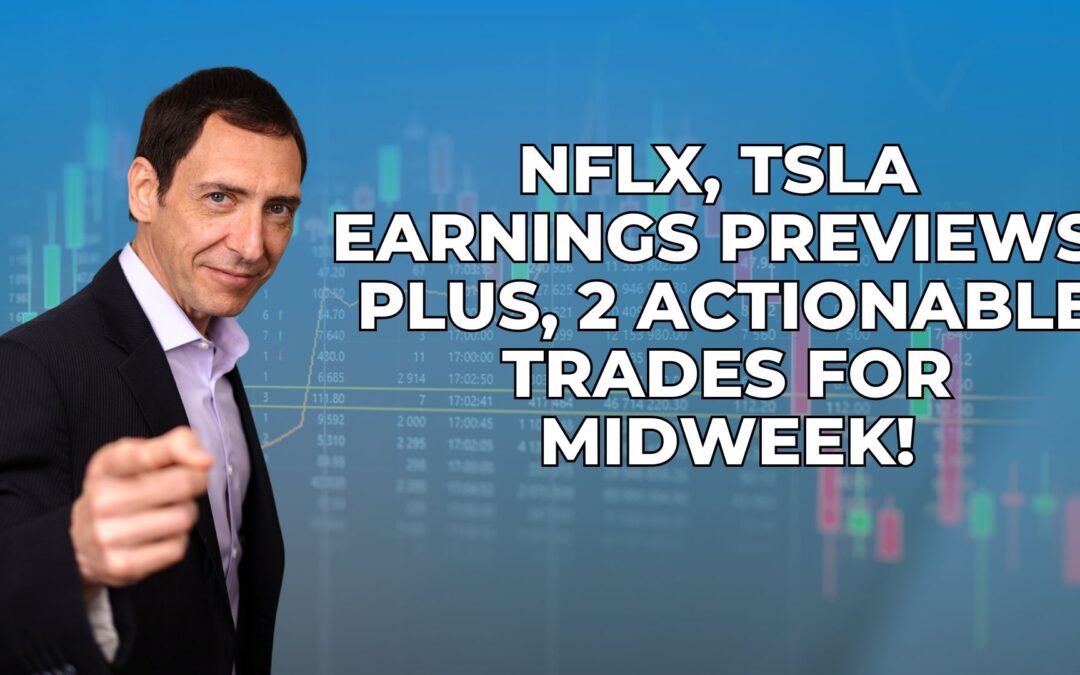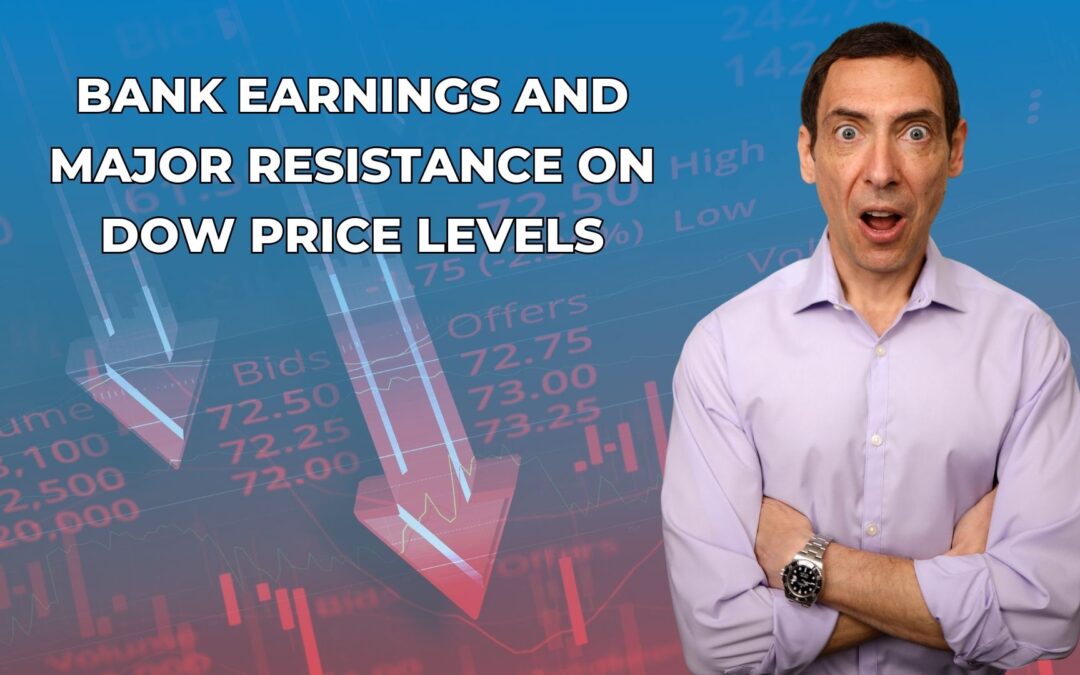Well, the company finally did it. On Thursday, Robinhood filed for an IPO and retail traders are singing praises to the heavens.
But… should they be?
It’d be a gross understatement to say that meme stocks took over the financial world in 2020 and 2021 — and Robinhood is the leading brokerage for people wanting to trade them.
So it’s safe to say that Robinhood’s initial public offering (IPO) is one of the most anticipated filings this year. Being the dork that Joy of the Trade Head Trader Jeff Zananiri is, he spent the entire afternoon poring through the details of the filing. And to the traders out there interested in learning about this aspect of the stock market, you can discover a lot about a company by reading the prospectus it files with the SEC.
And boy, he ended up learning way too much about Robinhood…
Enough to make him question even trading on the platform again.
Concerning Facts About Robinhood’s IPO Filing
One of the first things Jeff saw was that Robinhood is actually profitable. While this isn’t a bad thing, it is a bit surprising since previous IPOs didn’t have the same luxury. Robinhood was able to grow sales to $958 million in 2020.
That’s a 245% increase from 2019.
However, of that revenue, 17% came from crypto and 81% came from payment for trading data.
For those that are unaware, Citadel pays Robinhood to inform them what traders are doing on the platform.
Robinhood’s explosive growth in new users — the company added about 18 million new accounts between 2020 and 2021 — is unprecedented. So Citadel is definity putting in a pretty chunk of cash to learn what each new account holder is up to.
The company is also structuring its IPO in a way that will give away shares to traders that open a new account or have an existing one. That means 35% of the offering is going to be retail.
Typically, when you have a good deal, you want that percentage to be in the single digits — 7% to 10%. There’s a reason for that, and it’s known as the IPO lock-up period.
A lock-up period is a contract clause that prevents insiders — i.e. founders, employees and early investors — who already own shares from selling them for 90 to 180 days after the IPO. This means that even if the stock goes down 80% after the IPO, the insiders are stuck with the shares.
Robinhood isn’t doing that.
And when Jeff put all of the facts about Robinhood’s IPO filing together, he got a massive epiphany.
Unfortunately, it might not be what the Robinhood retail traders want to hear…
Check out our short video below to learn more about the Robinhood IPO filing.
Also be sure to share your thoughts in the comments section below.
Don’t forget to subscribe to our YouTube channel if you haven’t already so you can be notified as soon as we post our next video!



